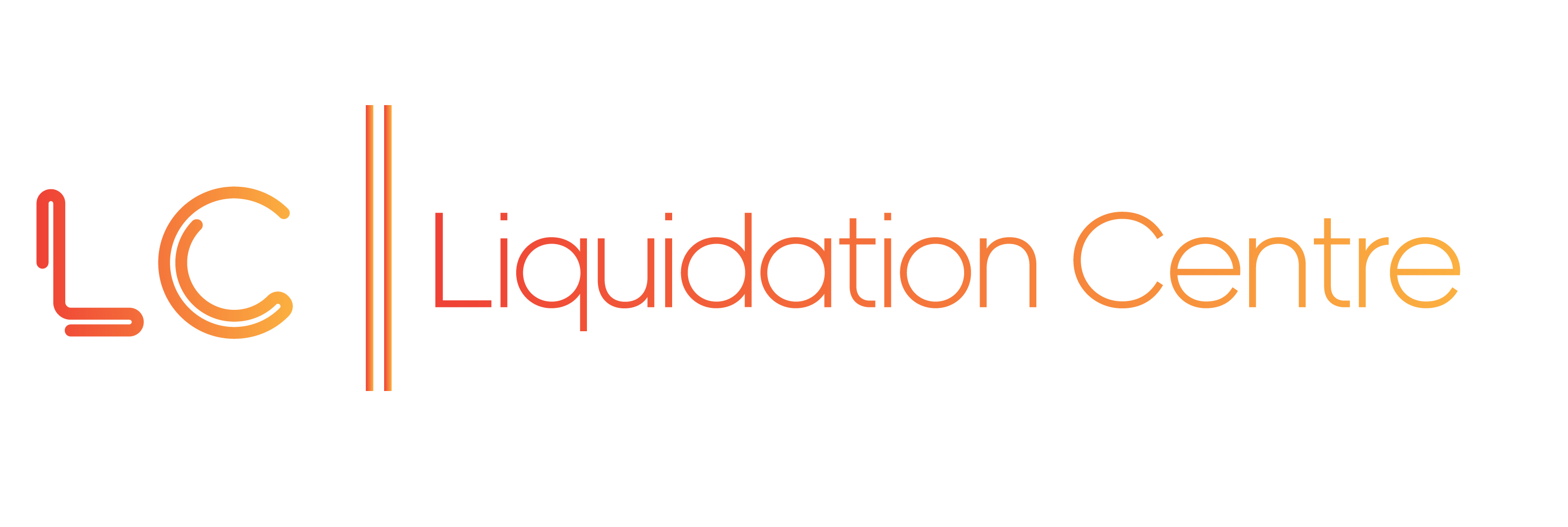Company Insolvency
Insolvency can be one of the most stressful challenges a business owner faces. Whether cash flow issues have led to unpaid debts or market conditions have sadly made trading impossible, make sure you know your options for protecting your company and personal responsibilities.





What are the different types of insolvency?
Cash Flow Insolvency
When a business cannot pay its debts on time despite having assets, such as unpaid invoices or rent.
Balance Sheet Insolvency
When a company’s liabilities exceed its total assets. The company cannot repay debts even if all assets are sold.

What is Insolvency?
Insolvency is a business’s negative financial state when it can’t pay its debts, even after selling all its assets. In this situation, the company is deemed insolvent, and Directors have a legal duty to stop trading to protect any creditors and stop further debt from building up
What Are Your Options If Your Business Is Insolvent?
Creditors’ Voluntary Liquidation (CVL)
If the business cannot be restructured and cannot repay its debts, Directors can choose voluntary insolvency with a CVL. An insolvency specialist will then take over and sell any assets to fund creditor debts where possible.

Company Voluntary Arrangement (CVA)
Depending on the stage of financial distress, a company can use a CVA to continue trading. Negotiations are made with creditors to restructure debts by agreeing to a debt repayment plan and changes made to the business with the aim of profitable growth.

Administration
When a company is placed into administration, it is given legal protection from creditors while an administrator creates a restructuring plan. This is a formal insolvency procedure that aims to rescue the company or its business rather than place it into liquidation.
Compulsory Liquidation
When a creditor cannot recover debts from a company, they can file a winding-up petition with the court. If the court agrees that the company is insolvent, it will order a liquidation, which usually forces the company to close. An insolvency professional will then sell assets and pay debts as far as possible.
What are the responsibilities of Directors in Insolvency
Once a company becomes insolvent, directors must:
- Seriously consider stopping trading immediately. Continuing to trade could lead to Directors being accused of wrongful trading, which can result in personal liability for company debts or even disqualification as a director.
- Seek the assistance of an insolvency firm and cooperate with them. This includes giving them access to company records and financial documents to support the liquidation process.
- Avoid preferential payments. Directors must not favour certain creditors over others or take actions that worsen a creditor’s financial position.
How can a company find trusted insolvency advice?
If you’re worried about your company’s financial position, getting insolvency advice quickly will help to avoid serious consequences and may give the business more recovery options.
Your accountant can give you recommendations for a UK insolvency company, or you can use the Government’s find an Insolvency Practitioner service. We are proud to be trusted by many of the top Accountancy Firms to give expert insolvency advice to their clients.
Contact our team today to discuss your company’s insolvency and find the best solution for your business.


